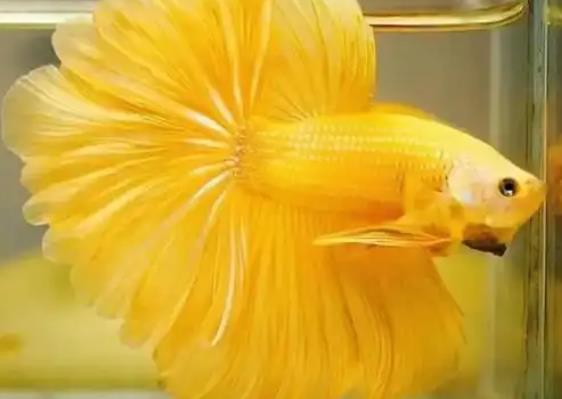Here’s a detailed analysis of the optimal temperature ranges for betta fish, integrating temperature requirements across different species and breeding stages:

I. Chinese Betta Fish
Ideal Water Temperature Range
Daily Maintenance: The optimal range is 24–28°C (75–82°F), with 25–26°C (77–79°F) being the sweet spot for peak metabolism, vibrant coloration, and robust appetite.
Breeding Period: Adjust to 26–28°C (79–82°F) to enhance the male’s nest-building drive and egg hatching rates.
Cold Tolerance
While they can tolerate short-term lows of 6°C (43°F), prolonged exposure below 20°C (68°F) causes reduced appetite, stunted growth, and even dormancy.
Species Variations
Round-tailed Betta: Prefers 24–27°C (75–81°F) with stronger cold resistance.
Fork-tailed Betta (e.g., Vietnamese Black, HK Black Fork): Adapts to 20–25°C (68–77°F); tail filaments show better extension in lower temperatures.
Albino Varieties (e.g., White Rabbit, Blue Flame): Require stable 25–28°C (77–82°F) to avoid extreme temperature fluctuations.
II. Siamese Betta (Betta splendens)
Optimal Temperature: 22–24°C (72–75°F), never dropping below 18°C (64°F).
High-Temperature Risks: Above 28°C (82°F), dissolved oxygen decreases, risking hypoxia or "tail burn" disease.
III. Temperature Management Tips
Seasonal Adjustments
Summer: Prevent temperatures from exceeding 30°C (86°F) by using floating plants for shade or partial water changes to cool the tank.
Winter: Use a heater to maintain a constant temperature, limiting fluctuations to within 1°C (1.8°F)—critical for fry stages.
Equipment Recommendations
Equip the tank with a thermostatic heater (50W+) and a temperature alarm to ensure stability.
IV. Abnormality Signals
Low-Temperature Symptoms: Hiding, refusal to eat, dull coloration.
High-Temperature Symptoms: Rapid breathing, surface gasping, fin rot.
Precise temperature control significantly enhances a betta’s vitality, breeding success, and lifespan.
